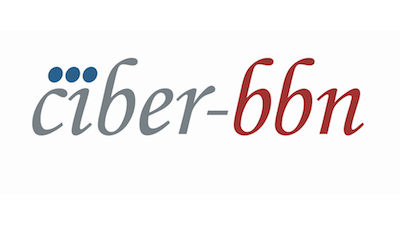The present invention describes a biosensor for the detection of DNA of C. auris and/or diagnosis of infection caused by this new and multi-resistant species of pathogenic fungus that solves the problems of the devices and methods of the state of the art.
This innovative technology allows a fast and easy detection of C. auris with a high level of sensitivity and selectivity. Based on this biosensor, a detection method and a method of diagnosing diseases caused by said pathogenic fungus have also been developed.
The biosensor is based on a porous material that comprises an indicator and single-stranded DNA oligonucleotides that specifically recognize a region of Candida auris DNA. When the Candida auris is present in the medium, the oligonucleotides recognize that DNA region of the fungus, bind to it, and the release of an indicator by which the fungus can be detected occurs.
This method allows a fast and easy detection of C. auris with a high level of sensitivity and selectivity.
No specialized personnel are required, this is a simple method of detection by direct visual observation of the medium.
Detection and / or quantification of diagnosis are carried out in one hour, reducing the time of tests used routinely.
The in vitro diagnostic method developed is suitable for detecting and/or quantifying C. auris in samples from subjects infected with the fungus. Subjects are human, but can also be animals, preferably mammals.
Clinical samples suitable for the use of the invention are: body fluids, such as blood, serum, sputum, pleural fluid, peritoneal fluid, synovial fluid, and cerebrospinal fluid.
A Kit has been prepared comprising biosensor, buffers, delivery vehicles, material supports, positive and/or negative control components, and use instructions.
This innovative technology allows a fast and easy detection of Candida auris with a high level of sensitivity and selectivity. Based on this biosensor, a detection method and a method of diagnosing diseases caused by said pathogenic fungus have also been developed.
To be determined during further development.
Patient need adressed:
Infection of candida auris
(Candidemia, Candidiasis)
Aida Castellanos Paez







